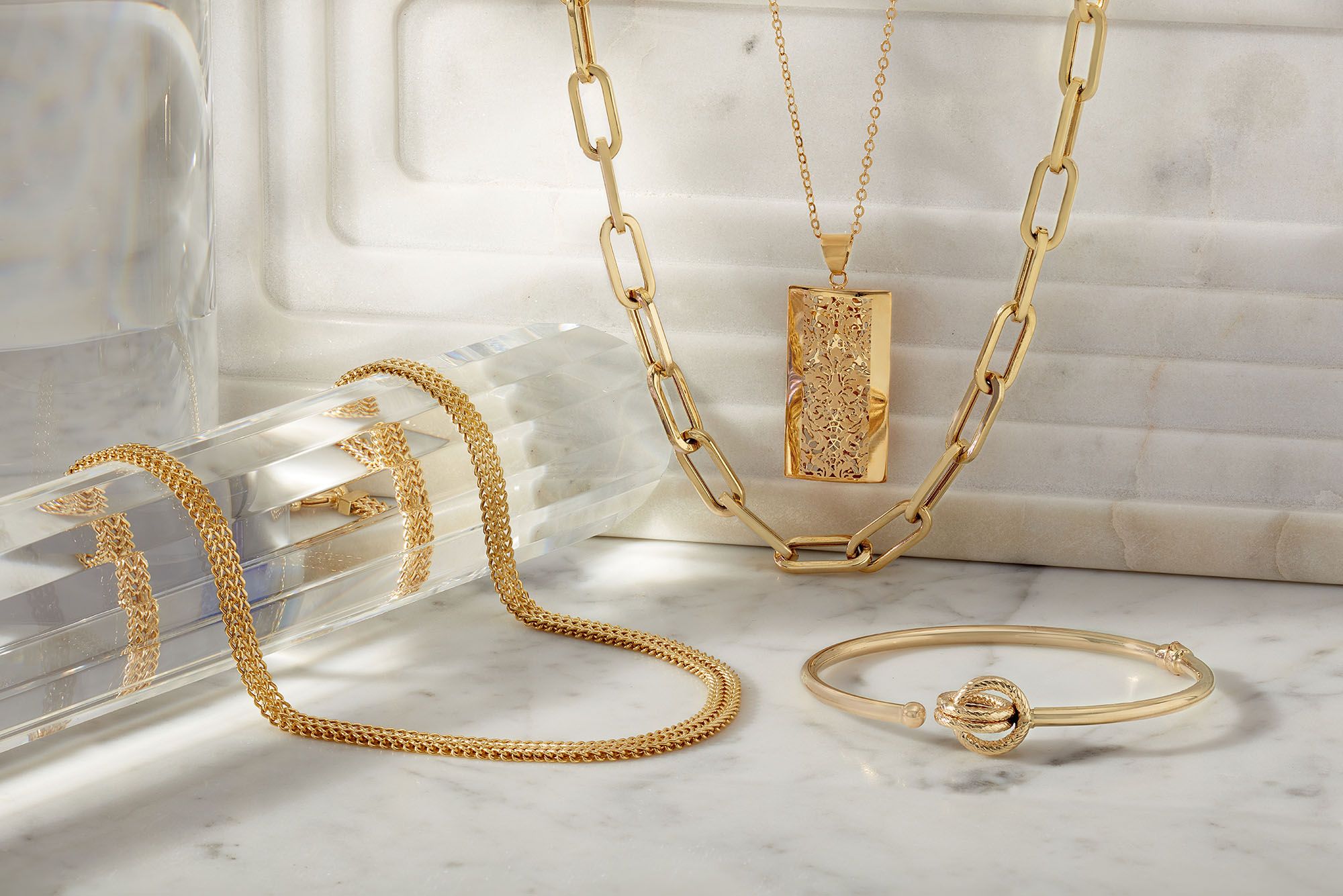Revealing the Secrets Of the Valuation Process Employed by Gold Acquirers
Wiki Article
The appraisal procedure used by precious metal buyers is a crucial subject for anyone interested on selling precious metal. Comprehending the way gold is valued can assist sellers make informed decisions as well as guarantee sellers receive a equitable price. Gold buyers typically utilize several essential factors to determine the worth for gold items, including fineness, weight, and present trading valuations. All of elements plays a important role in the complete assessment procedure.
A of first initial stages of this appraisal process involves assessing the purity of the gold. Gold fineness can be assessed in karat weight, with twenty-four karat representing pure gold. Most gold ornaments is not 100% while it may can consist of ten, fourteen, and 18 karats. A greater a karat number value, the more greater gold content the item has. Gold buyers often employ various testing method, such as acid testing or electronic testing, to determine the purity of the gold. This stage remains vital as this immediately influences the item's value. For, instance, one 24-karat precious metal item will become valued greater than one 14-karat item, although when both have the same weight same weight.
The weight in a gold item is a further key factor in this appraisal procedure. Precious metal is typically measured by grams and troy. Buyers will weigh the precious metal to calculate its value according to the fineness. The weight is combined by its precious metal's fineness percentage for determine the quantity in pure precious metal in the item. For, if one fourteen karat precious metal ring weighs 10 grams, it contains about 5.83 grams of pure gold in pure gold. This calculation helps buyers determine how much buyers will be prepared to offer in exchange for an item.
Current trading valuations also play an significant part in the valuation of precious metal. Current valuation of gold varies based to availability and demand, economic conditions, and international occurrences. Precious metal purchasers keep a close watch on these market trends for ensure buyers provide fair prices. Buyers commonly look at a current valuation of gold, which is a present trading price for instant transaction. Such valuation may fluctuate every day, therefore buyers must remain updated to provide accurate valuations. Sellers must likewise remain cognizant about these market fluctuations, because they may influence a valuation sellers obtain in exchange for their precious metal.
Lastly, the condition and quality of the gold piece may influence its value. Distinctive styles, designer labels, plus historical importance may all contribute toward the worth for a piece. For, one finely made gold necklace from a well-known renowned designer may command a greater price than one comparable item lacking any brand name. Buyers shall consider such factors when formulating an bid. Sellers should spend the time to polish and showcase their precious metal items well, because this can positively affect the purchaser's perception and a final price.

To conclusion, the valuation process used by precious metal buyers includes various important elements, such as purity, weight, current market prices, and the state in a piece. Understanding these elements can assist vendors manage this disposal procedure better effectively. By being informed about how precious metal gets valued, vendors may guarantee sellers receive a fair price for their precious metal pieces. Regardless of whether disposing of jewelry, coins, and additional gold products, knowledge click of this appraisal procedure remains essential for making smart financial choices.